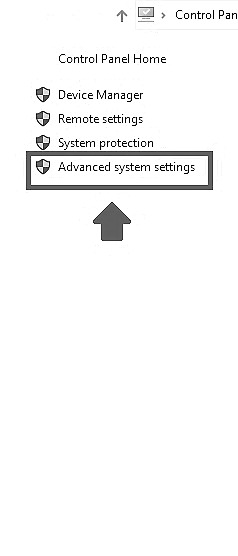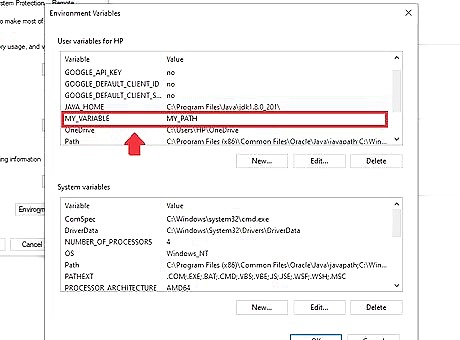
views

Locate the "This PC" icon on your system. You may find it on your desktop screen. You can go to your desktop by pressing Ctrl+D.
Right-click on the "This PC" icon. This will show a small popup, with few options.

Click on the "Properties" option. You may find this in the last position below the "Rename" option. This will open a new window with all the system details like RAM, Processor, OS, etc.

Click or double click on "Advanced System Settings". You may find this option on the left-hand side of the newly opened window (System Details). This option is below the "System Protection" option.

Click on Environment Variables. After clicking, it will show a new window dialog called "Environment Variables".

Decide which variable to add (User / System). Click the New option in any (User/System) section.

Add the variable name and variable value and click OK. In variable_name, you can give a name to your user variable and specify PATH in the variable_value, finally, click "ok" to save the changes.

View the environment variables. After saving a new variable with path, you can see the entry of variables.

Click OK. After clicking OK, you will have successfully created a new User variable with a PATH attached to it.




















Comments
0 comment